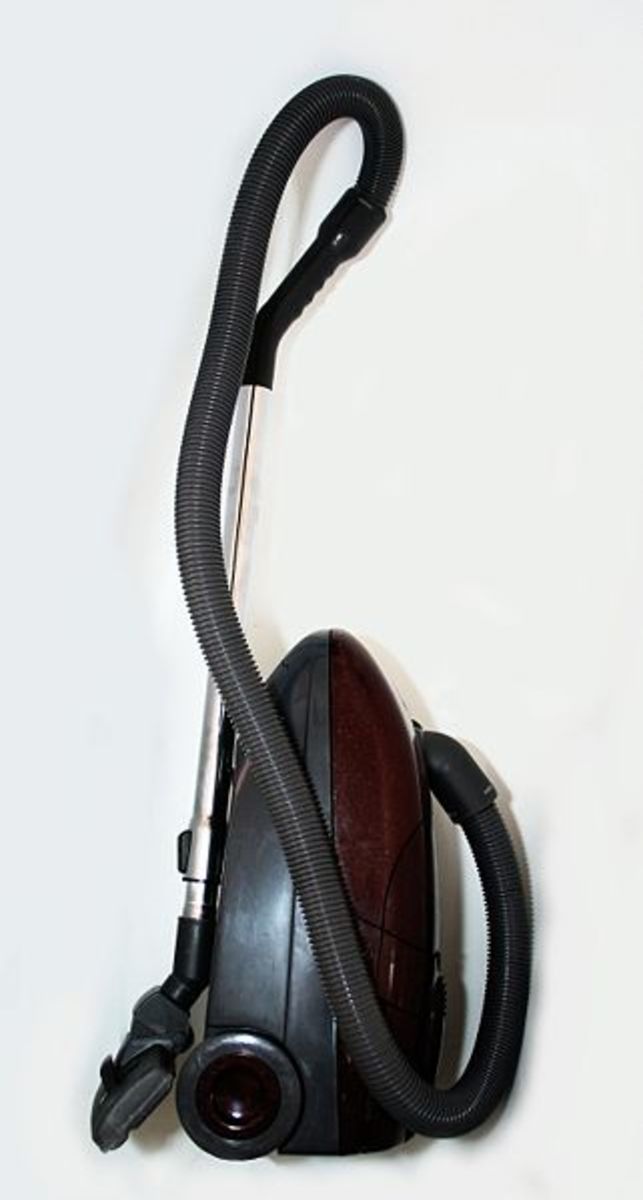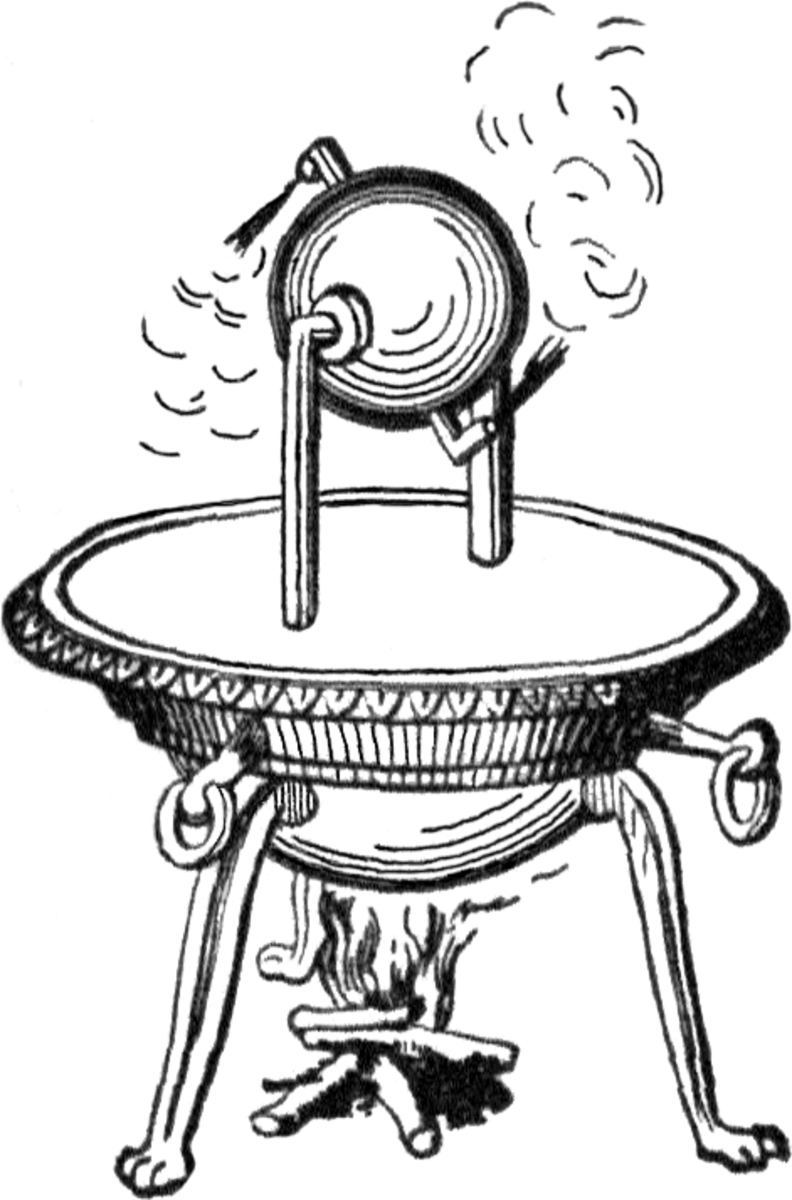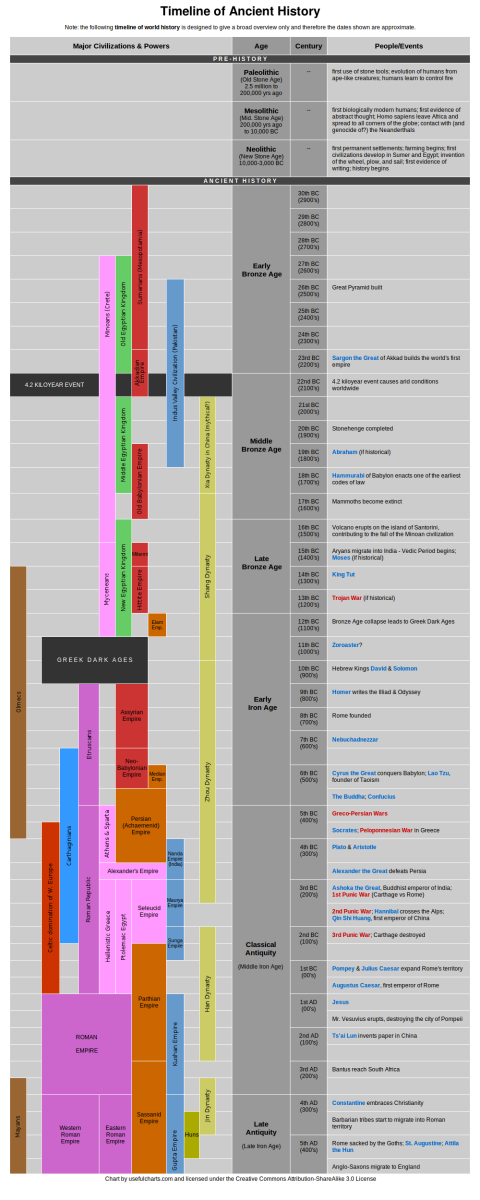Swedish inventions

Sweden - a small country with great inventions
Sweden is the home country of unusually many inventions considering its small population. Read more about Sweden here: irenemariassweden
Americans might be interested in knowing that a Swede invented the Coke bottle. Swedish-American Alex Samuelson designed the Coke bottle and patented it in 1915.
Every day thousands of people use the invention of a Swede - Niklas Zennström - SKYPE
In 1976, Bengt Gadefelt at the SAAB car company constructed a new type of turbo-powered engine for cars. It had the advantage over other constructions that it would start working automatically when extra power was required, for example at high speed. A few years later, SAAB presented the world's first commercially available turbo-powered car to the market.
Much of the info in this lens is taken from:
http://www.sweden.se/templates/cs/FactSheet
A presentation of Swedish inventions

Inventions in Science
Olof Rudbeck the Elder (1630-1702) was a university dean, natural scientist, archaeologist and more. In 1652 he discovered the lymphatic system. He also built bridges, constructed water mains and taught in many subjects, including mathematics, astronomy and the art of construction.
Christopher Polhem (1661-1751) was both inventor and industrialist. His major field was mining technology and he improved the system for extracting iron ore from mines.
Anders Celsius (1701-44) was an astronomer and mathematician most famous for the 100-point thermometer scale, widely used across the world.
Carl von Linné or Linnaeus (1707-78) is most famous for his classification of plants and animals using the so-called sexual system. The system was used until evolution theory and genetic engineering took over in the modern era. In his major work, Systema naturae, Linnaeus described his categorization of the natural kingdom.
Carl Wilhelm Scheele (1742-86) discovered several elements. His discovery of oxygen is, however, disputed since Englishman Joseph Priestley was first to publish the same discovery.
Jöns Jacob Berzelius (1779-1848) created the first table of atomic masses in 1818. He also introduced the modern chemical vocabulary by denoting the elements using one or two letters from their Latin names.
Anders Jonas Ãngström (1814-74) laid the foundation for modern spectroscopy. He introduced a unit of length - one ten-millionth of a millimetre - named the angstrom in his honour.
Carl von Linné and the flowers
He was a botanic who spent his entire life to sort out all flowers and trees. We are still using the latin names he gave them!

J A S Gripen
The designation JAS stands for Jakt (Air-to-Air), Attack (Air-to-Surface), and Spaning (Reconnaissance), indicating that the Gripen is a multirole or swingrole aircraft that can fulfill each mission type.

Inventions in the industrial area
Nils Gustaf Dalén(1869-1937) was CEO of AGA (AB Gas accumulator). His most important inventions were for lighthouses and beacons. The AGA lighthouse was used around the world for most of the 20th century. In 1912 Dalén received the Nobel Prize for Physics.
Gustaf de Laval's (1845-1913) most famous invention was the milk-cream separator. In 1883 he and others founded AB Separator (later Alva Laval).
John Ericsson's (1803-89) most important inventions were of ship propellers. Ericsson became widely famous when he built the "Monitor" an armoured battleship that in 1862 triumphed over the Confederate States' "Merrimac" in an American Civil War sea battle.
Lars Magnus Ericsson (1846-1926) started his telephony company L.M.Ericsson in 1876. Ericsson made a number of improvements on contemporary telephones, built exchanges and constructed a telephone network. In 1885 he invented the telephone handset.
Johan Petter Johansson (1853-1943) built and patented the adjustable spanner in 1892. He founded the company later called Bahco. Spanners are still produced by Sandvik Bahco.
Gustaf Erik Pasch (1788-1862), Johan Edvard Lundström (1815-88) and Alexander Lagerman (1836-1904) laid the foundations for the Swedish match industry. In 1844, Pasch patented the safety match, where dangerous yellow phosphorous was replaced by red phosphorous.
Alfred Nobel (1833-96) invented dynamite in 1866. He founded 90 companiesin 20 countries. When he died, Nobel owned 355 patents and a fortune approximating €160m in today's currency. In his will, he set up the Nobel Prizes in physics, chemistry, medicine/physiology, literature and peace. The first prizes were awarded in 1901.
Sven Wingquist (1876-1953) invented the spherical bearing in 1907. He founded a global company, SKF (AB Svenska Kullagerfabriken), still the world's leading producer of industrial bearings.
Jonas Wenström (1855-93) invented the electrical three-phase system. He and Nikola Tesla are celebrated as the fathers of three-phased alternating current (a court ruled that Wenström was first). His inventions provided the basis for ASEA, today a part of ABB.
Swedish industrial inventions



Technical inventions
Tetra Pak (1951) is an invention for storing, packaging and distributing liquid foodstuffs, for example, milk and juice. Erik Wallenberg (1915–99) was the main inventor, while businessman Ruben Rausing (1895–1983) developed and produced it. (See box). Several new package types have been added. The most ubiquitous is the Tetra Brik (1969).
The transmission of high voltage direct current, HVDC, is a method developed at ASEA (now ABB) under Uno Lamm(1904–89). ABB remains one of the leading makers of HVDC technology, now also used for terrain cable.
In 1961 Per Oscar Persson and Göran Lundahl at Frigo Scandia Equipment developed Flofreeze, a process for flash-freezing vegetables in liquid nitrogen.
The AXE systemis a fully electronic telephony system using computer-controlled telephone exchanges. It was developed through a collaboration between Telia (then Televerket), Ericsson and their joint development company, Ellemtel AB. Bengt Gunnar Magnusson (1925–95) was project manager and inspirer. Today, Ericsson has the world’s most widespread telephony system, incorporating AXE exchanges, base radio stations, mobile telephones and network services. The Ericsson Radio Systems group behind these technologies was led by Ãke Lundquist.
In 1979 Sven Torbjörn Lagerwall discovered ferroelectric liquid crystals in collaboration with Noel Clark. The technology allows the building of flat-screen monitors. Mass production began in 1994 by Canon, who bought the licence.
HÃ¥kan Lans is recognised as one of Sweden’s most outstanding inventors. Among his inventions is the digitizer, the predecessor of the computer mouse. He is also credited with the further development of the satellite-guided Global Positioning System (GPS) into the GP&C Total System. Lans’s system has become world standard for shipping and civil aviation.
In the 1990s, an ABB team under Mats Leijon developed a new generator, the Power Former, producing high-tension current directly to the network without transformer links.
Technical Swedish inventions you need - For health or work

Inventions in medicine
Behind local anaesthetic Xylocain® are Dr. Nils Löfgren (1915-67) and Dr. Bengt Lundqvist (1906-52). The pharmaceuticals company Astra took over development work and launched the product in 1948.
Arne Tiselius (1902-71) used electrophoresis in the 1940s to analyse various proteins. Tiselius's work has been followed by other similar methods. All are important for medical and biological research. Tiselius received the Nobel Prize for chemistry in 1948.
In the 1940s Arvid Wretlind tried to achieve completely intravenous feeding for patients unable to eat normally. Wretlind's work resulted in Intralipid®, a preparation launched in 1962.
Osseointegration is an early-1950s invention by Per-Ingvar Brånemark. It builds on the permanent acceptance of titanium by the human body. The invention's main application is in the Brånemark System® for tooth implants but it is also gaining ground in other types of surgery.
In 1950 Hellmuth Hertz (1920-90) started the research into ultra sound for medical examinations that would make him world-famous. Together with Dr. Inge Edler Hertz developed electrocardiography, a bloodless method of examining the heart.
In 1958, Rune Elmqvist developed a small battery-powered pacemaker that can be inserted under the skin of a heart patient. It produces electrical impulses that help the heart muscle work normally. In the same year, Ãke Senning at the Karolinska Hospital in Stockholm carried out the world's first pacemaker operation. The date was October 8, 1958!
In 1968, Lars Leksell (1907-86) invented a laser knife for brain surgery. The 'knife' uses concentrated gamma radiation on the tumour or malformation. The method is bloodless and patients can often leave hospital on the day of the operation.
In the 1960s, Swedish pharmaceuticals companies developed various kinds of so-called beta blockers. Among the most important are Aptin® (1965), a medicine to treat angina pectoris and irregular heart activity, the asthma medicine Bricanyl® (1966) and Seloken® (1970), a selective beta blocker that lowers blood pressure.
Losec® is a stomach ulcer medicine that prevents certain cells in the stomach from producing hydrochloric acid. Losec is made and marketed by Astra Zenecaand was developed by its subsidiary AB Hässle. In the 1990s, Losec was the world's best-selling medicine. Its successor, Nexium, is even more effective but has more competitors. (See box).
The Turbuhaler was developed by Kjell Wetterlin at Astra Draco. It is an inhalator for asthma medicine. The patient's own inhalation regulates the dosage
How Great Thou Art
The psalm written by Reverent Carl Boberg (1859 - 1940) summer 1885 in Mönsterås, Småland, SWEDEN
Links if you want to know more - Sweden is outstanding really
- Smorgasbord
Swedish inventions in English - Sweden.se
Much of the material in my lens if from this site. - Tetra pak or Tetra bricks
The smartest container ever - Celsius - Farenheit converter
Some cooking recepies are different without this converter - I know! - Celsius thermometer
The history of the thermometer - Sony Ericsson
Last but not least. The fantastic company Ericsson - Karolinska Institutet
A Medical University Karolinska Institutet is one of Europe's largest medical universities. It is also Sweden´s largest centre for medical training and research. Our mission is to improve the health of mankind through research and education.









